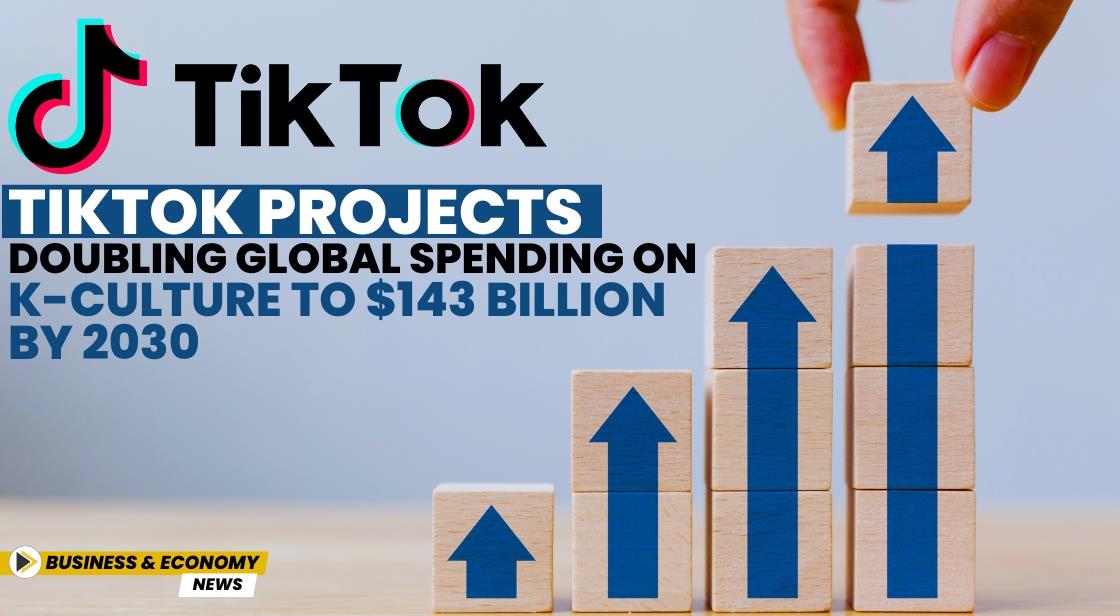TikTok Projects Doubling Global Spending on K-Culture to $143 Billion by 2030

News Synopsis
Global spending on Korean cultural products is expected to nearly double to $143 billion by 2030, according to new research by TikTok and analytics company Kantar.
The rising popularity of K-content has been significantly amplified by social media platforms where users express their love for Korean dramas, pop music, cuisine, and cosmetics.
Current Market Size and Future Growth
The market size of Hallyu, a term that encompasses South Korea's cultural exports, is currently estimated at $76 billion. Viral content surrounding K-culture is projected to capture larger audiences in key markets like the US and Southeast Asia. The report suggests that overall spending could reach as high as $198 billion by the end of the decade if more potential consumers start purchasing Korean goods, services, and entertainment.
Comparisons and Influences
South Korea's cultural output, while still relatively smaller compared to Japan's, is rapidly closing the gap thanks to social media. Content on TikTok has expanded beyond just K-pop to include Korean food and dramas, driving real-world sales of products.
For example, sales of Buldak noodles surged after rapper Cardi B reviewed them on TikTok, garnering nearly 40 million views and boosting shares of Samyang Foods Co. to a record high.
Economic Impact
South Korea is traditionally known for its exports of semiconductors, cars, and appliances, which continue to dominate its economy. However, the growing reach of Hallyu is enhancing the country's soft power and creating a new generation of multimillionaires in creative fields like K-pop and webtoons.
Regional Influence and Social Media Impact
Despite TikTok’s influence in promoting K-culture globally, its audience in South Korea is smaller compared to YouTube and Instagram. However, in the US and Southeast Asia, about 80% of users have discovered Korean culture through TikTok.
Hyunho Son, General Manager of Global Business Solutions at TikTok Korea, highlighted that global trends in K-content often originate from secondary content created by Southeast Asian users, making the region a key hub for viral K-culture trends.
E-Commerce
Expansion TikTok is expanding its e-commerce operations through TikTok Shop in the US and Southeast Asia, with Korean products being a particularly promising segment. Over half of TikTok users have purchased Korean food or cosmetic items directly through TikTok Shop.
The report estimates that global spending on Korean music, including concert tickets and content, will grow to about $11.6 billion this year. Spending on Korean beauty products and food is also expected to exceed $20 billion each.
Future Outlook
Momentum is expected to continue, with seven out of ten TikTok users in the US and Southeast Asia indicating that their spending on K-food and K-beauty will increase next year. The report underscores the significant impact social media and e-commerce platforms have on the growth and global reach of K-culture.
You May Like









